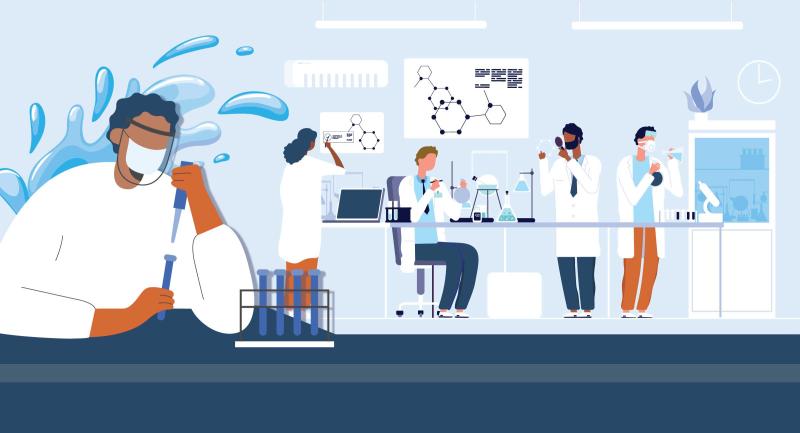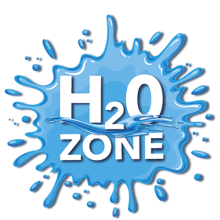We all live in a watershed. That means that what we do on land impacts water bodies both near and far. To protect our water resources, we all must do our part. And sometimes that means preserving habitats that naturally protect water bodies from harmful pollutants, such as our wonderful wetlands!
What are wetlands?
The term wetland refers to a wide variety of aquatic habitats. Wetland ecosystems include swamps, marshes, wet meadows, bogs and fens. Essentially, wetlands are transitional areas between dry uplands and aquatic systems such as lakes, rivers or oceans. To be considered a wetland, a region must have wet soils or be covered by a shallow layer of water for at least part of the year. Some wetlands are always covered with water and others are flooded only for a short time.
Why are wetlands so wonderful?
Wetlands play an important role in keeping our environment safe, clean and healthy. Check out some of the amazing ways wetlands support our environment below!
- Improve water quality – Wetlands are natural cleaning systems. Often called “natures kidneys”, they help clean out pollutants that move through them before reaching other bodies of water. Plants trap solids and absorb pollutants into their roots. Bacteria and other microorganisms eat and digest organic waste.
- Protect us from floods – Wetlands are like giant sponges. They can absorb heavy rainfall and release water very slowly so business and housing developments nearby won’t be flooded.
- Store water – Wetlands are important storage areas for water. Water stored in a wetland may either soak into the ground to refill the aquifer or is gradually released back into the atmosphere or to other surface bodies of water.
- Provide food for wildlife – Food is abundant in a productive wetland, making it a prime feeding location.
- Serve as nursery areas – Wetlands are important nursery areas, providing food and shelter for many young fish, birds, reptiles and mammals.
- Stabilize coastal shorelines – Wetlands located along the coast provide a barrier and buffer zone between salt water and fresh water. Vegetation helps prevent coastal erosion by trapping and stabilizing sediments through their roots.
- Provide recreational activities – People use wetlands for outdoor experiences such as hiking, fishing, boating, bird watching and photography.
- Support a variety of wildlife – Wetlands are habitat for many animals and birds that cannot nest, breed or live anywhere else. This includes about one-third of plant and animal species on the federal list of threatened or endangered species in the United States.
Knowing all the benefits that wetlands provide, can you believe that they used to be called wastelands and were drained so the land could be used for homes, businesses and farming? Luckily, we realized that wetlands actually play a very important role in helping to keep our environment clean and healthy. Today, laws are in place to save and protect these valuable resources.
Green and leafy and important
Wetlands aren’t the only ones hard at work to protect water. Plants play a very important role too. Why? They make water behave differently than it does when the land is bare.
- Plants keep water from washing the soil away. Their roots hold dirt together, and their leaves and branches stop heavy rain from hitting the soil directly.
- Land with a lot of plants growing on it will hold water longer and release it slowly. That helps prevent destructive floods.
- Plants also transpire water into the air by taking it up through their roots and releasing it as water vapor.
Now, dive into learning about water supplies in the next section.


